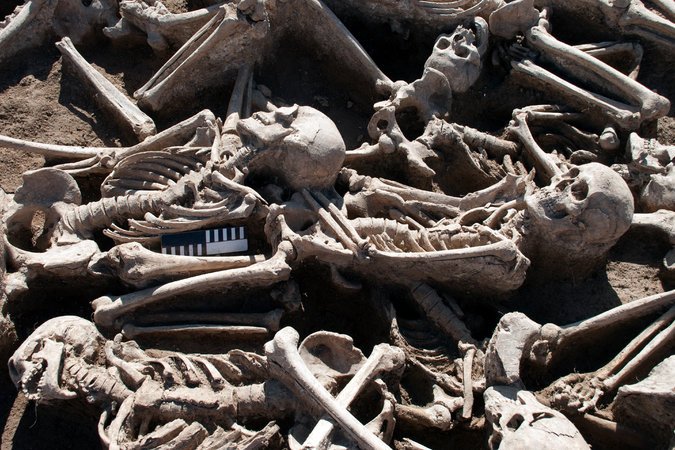Researchers from University of Copenhagen and Cambridge University have analysed the DNA of a human, who lived about 4.5-million-years ago and found the oldest virus, hepatitis b, which they have successfully resurrected in the laboratory.
In the study, the researchers not only recovered ancient viral DNA from skeletons but also reconstructed the genomes of three strains of HBV.
While the ancient virus is similar to its modern counterparts, the strains represent a distinct lineage that has likely gone extinct.
It is also more closely related to chimpanzee and gorilla viruses, the findings showed.
“Our results demonstrate that HBV already existed in Europeans 7,000 years ago and that its genomic structure closely resembled that of modern hepatitis B viruses, despite the differences observed,” said lead author Ben Krause-Kyora, from the Max Planck Institute for the Science of Human History and Kiel University.
“More ancient precursors, intermediates and modern strains of both human and non-human primate HBV strains need to be sequenced to disentangle the complex evolution of this virus,” he added.
For the study, appearing in the journal eLife, the team analysed samples from the teeth of 53 skeletons excavated from Neolithic and medieval sites in Germany.
The remains dated from around 5000 BC to 1200 AD. The researchers screened all samples for viral pathogens and detected ancient HBV in three of the individuals.
Full HBV genomes were recovered from these samples, two of which were from the Neolithic period, dating to about 7,000 and 5,000 years ago, and one from the medieval period. The Neolithic genomes represent the by far oldest virus genomes reconstructed to date.
Interestingly, the ancient virus genomes appear to represent distinct lineages that have no close relatives today and possibly went extinct.
The two Neolithic genomes, although recovered from individuals that lived 2,000 years apart, were relatively similar to each other in comparison with modern strains, and were in fact more closely related to modern strains of HBV found in Chimpanzees and Gorillas.
In contrast, the medieval HBV genome is more similar to modern strains, but still represents a separate lineage, the researchers said.
















humans lived 4.5 million years ago? hmmm